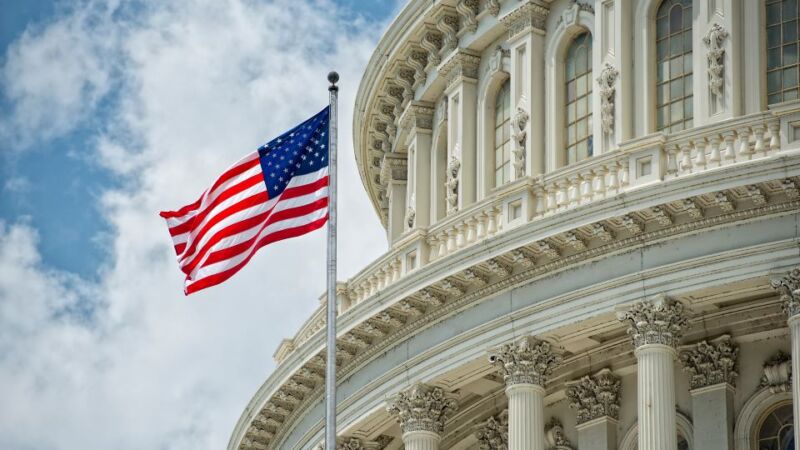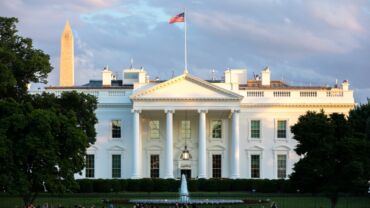The government has a unique set of challenges and attractions in the job market, so at this critical time of recruitment, the government is leaning on its benefits to attract the best talent in the market
As government agencies continue to face workplace shortages, it’s essential to explore new strategies to attract and engage Gen Z- and Millennial-age employees. A report by Mission Square Research Institute outlines emerging workplace trends within the public sector, emphasizing the need for fresh recruitment methods, modernized applicant processes, and personalized employee benefits and education.
This targeted approach to recruiting, on-boarding, and retaining employees is designed to address the unique financial concerns and social priorities of younger generations.
Fresh attitudes toward candidate recruitment
The Gen Z generation, born between 1997 and 2012, is gradually entering the workforce, but their representation in the public sector lags previous generations. In 2021, the percentage of Gen Z individuals in the federal workforce was a mere 2%, compared to the 9% that they represent in the entire labor force. Recognizing that young professionals in the public sector often had prior exposure to it through internships, job shadowing, or fellowships, it’s important for these entities to engage with these potential candidates early on.
As 30% of the federal workforce reaches retirement eligibility by 2029, barriers to entry should be actively removed to broaden the prospective talent pool. Government agencies are encouraged to review and identify positions that do not require advanced or four-year degrees and remove such screening criteria. Shifting to skills-based hiring can attract individuals with non-traditional backgrounds, including re-skilled workers, community college students, or former interns or apprentices.
In a job market in which employees hold more sway, the quest for the perfect candidate may be futile. Mission Square’s report indicates that 93% of human resource managers have had to reopen recruitment processes due to a lack of qualified applicants. And a recent survey of state and local government human resources managers indicated that 20% of these managers reported hiring candidates below the minimum qualifications with the intention of re-skilling them after they’re hired.
Modernizing a byzantine hiring process
Government agencies suffer a poor reputation for having complex and opaque hiring processes, despite the pressing need to fill more than 1 million vacant positions. For example, fewer than 10% of government organizations have a mobile application for employment application tracking, according to Mission Square. Indeed, completing and sharing organizational compensation and classification studies can counter this perception of wage opacity as well.
Wages are not the sole or primary factor that is attracting younger generations to the public sector. A report of public sector workers under the age of 35 highlights job security, work-life balance, health insurance, and personal job satisfaction as key attractions. Also, government organizations need to strongly communicate the message that their job offers candidate the opportunity to be part of a meaningful mission — and that message needs to reach younger audiences in spaces where they are active. For example, Gen Z workers tend to use social media platform TikTok as a search engine, but government agencies are hesitant to utilize the platform. Recruitment efforts should extend beyond federal career listings on sites like USAJOBS and LinkedIn.
Provide empathy & solutions for younger generations’ financial uncertainty
Mission Square’s report on younger public sector workers notes the significant personal stress many Gen Zers and Millennials experience over their finances, debt, and the overall economy. Numerous employees shared with Mission Square that they feel that they are unable to save more in the current economy, with one-in-four reporting having to take a second job beyond their primary employer.
Despite the financial benefits that government agencies can offer these generations, there is a gap in financial literacy that keeps younger workers from fully understanding available benefits. Financial wellness evolves greatly during different life and career stages, and employees under 40 years of age show greater interest in topics like financial literacy and debt (rather than retirement) and prefer learning through digital tools such as interactive online courses or mobile apps.
To increase the financial well-being of young professionals, government benefit programs should focus on:
-
-
- Assigning benefits mentors to new employees to ensure benefit literacy and utilization;
- Providing education on tax implications of various benefits programs;
- Offering resources for debt management;
- Furnishing legal consultation services to employees;
- Delivering education on credit building, homeownership, and building of emergency savings; and
- Giving insights on risk tolerance and tools for tracking retirement readiness.
-
Gen Z and Millennial generations have a particular interest in social causes, and government agencies should take note that these groups (82% and 67%, respectively) are more likely to be exposed to environmental, social & governance (ESG) investment opportunities. An increasing number of mutual funds and exchange traded funds (ETFs) have been modified in recent years with an ESG tilt. And deferred benefit retirement plans — such as 403(b) or 457(b) plans — offer investors autonomy in choosing their fund investments. Mission Square reports that less than half of public sector employees under 35 utilize these plans, likely due to a lack of education. Incorporating ESG funds and emphasizing the autonomy younger employees have in deciding where their funds are invested could lead to increased participation.
Younger employee participation in deferred benefit plans is highly important, given the frequency of career changes, as these employees may otherwise walk away from public retirement programs which require a number of years-vested in order to receive an employer match.
Maximize the public sectors unique position to address student loan debt
The public sector also holds a unique opportunity to address employee student loan debt, but utilization of these strategies remains underutilized. The Student Borrower Protection Center reveals that despite that more than 9 million public service workers are eligible to pursue debt cancellation through the Public Service Loan Forgiveness Program (PSLF), only 15% have submitted proper paperwork to start the process. Managers can provide education and reminders to employees on certifying public employment and pursuing PSLF.
Several federal agencies offer direct federal student loan payments as an employee benefit. This can help offset out-of-pocket expenses for employees while they fulfill the 10-year requirement for loan forgiveness. For non-federal agencies considering such a benefit, employers can contribute up to $5,250 in student loan payments for employees annually without subjecting the benefit to income tax. Starting in 2024, employers with defined contribution plans can count employees’ student loan payments as contributions for purposes of employer matches. This approach not only promotes employee retirement plan participation, but also acknowledges the financial strain of student loans.
Private sector solutions are available to offer employers student loan assistance programs as well. One program, Summer, reports that employee retention rates have improved by between 20% and 40% in cases in which employers implement these programs, and that adoption of these benefit programs by employees outperforms typical financial wellness benefits fivefold.







